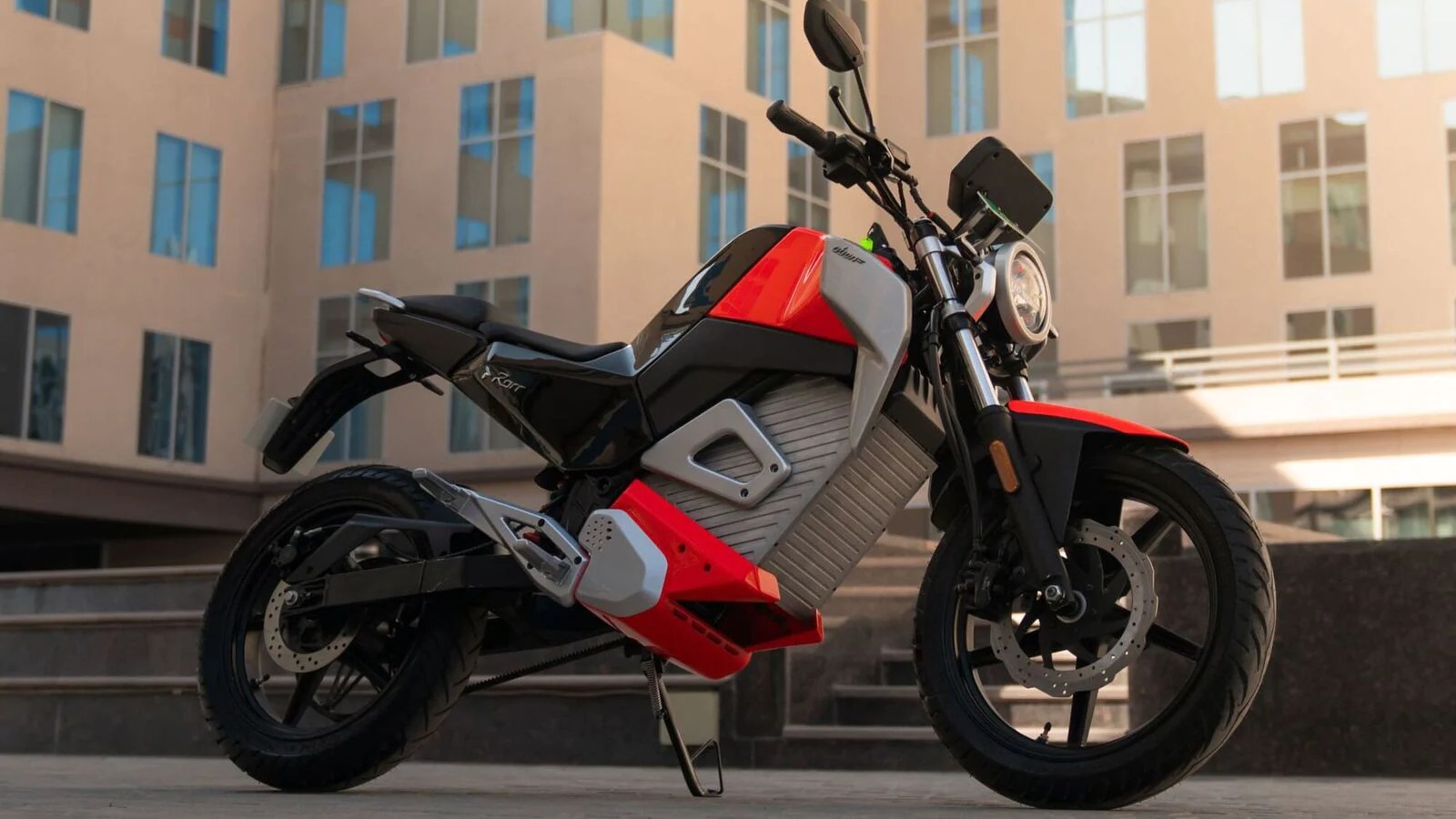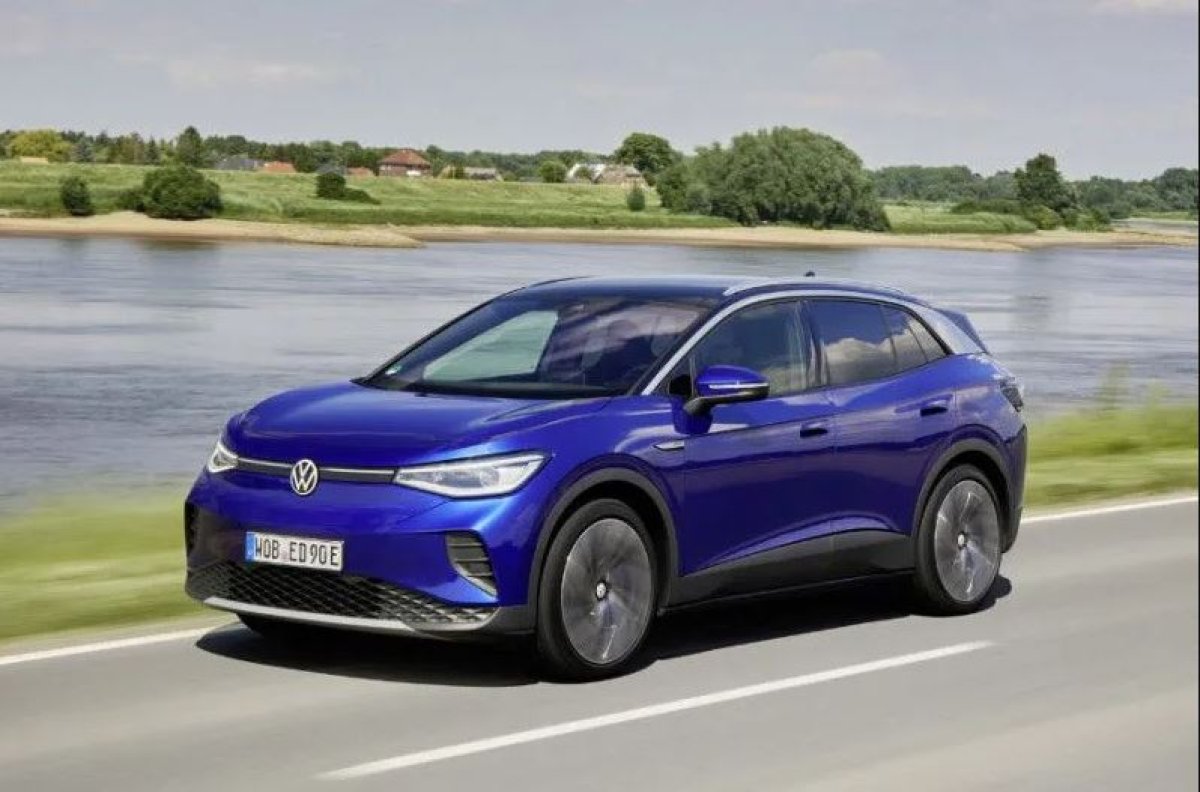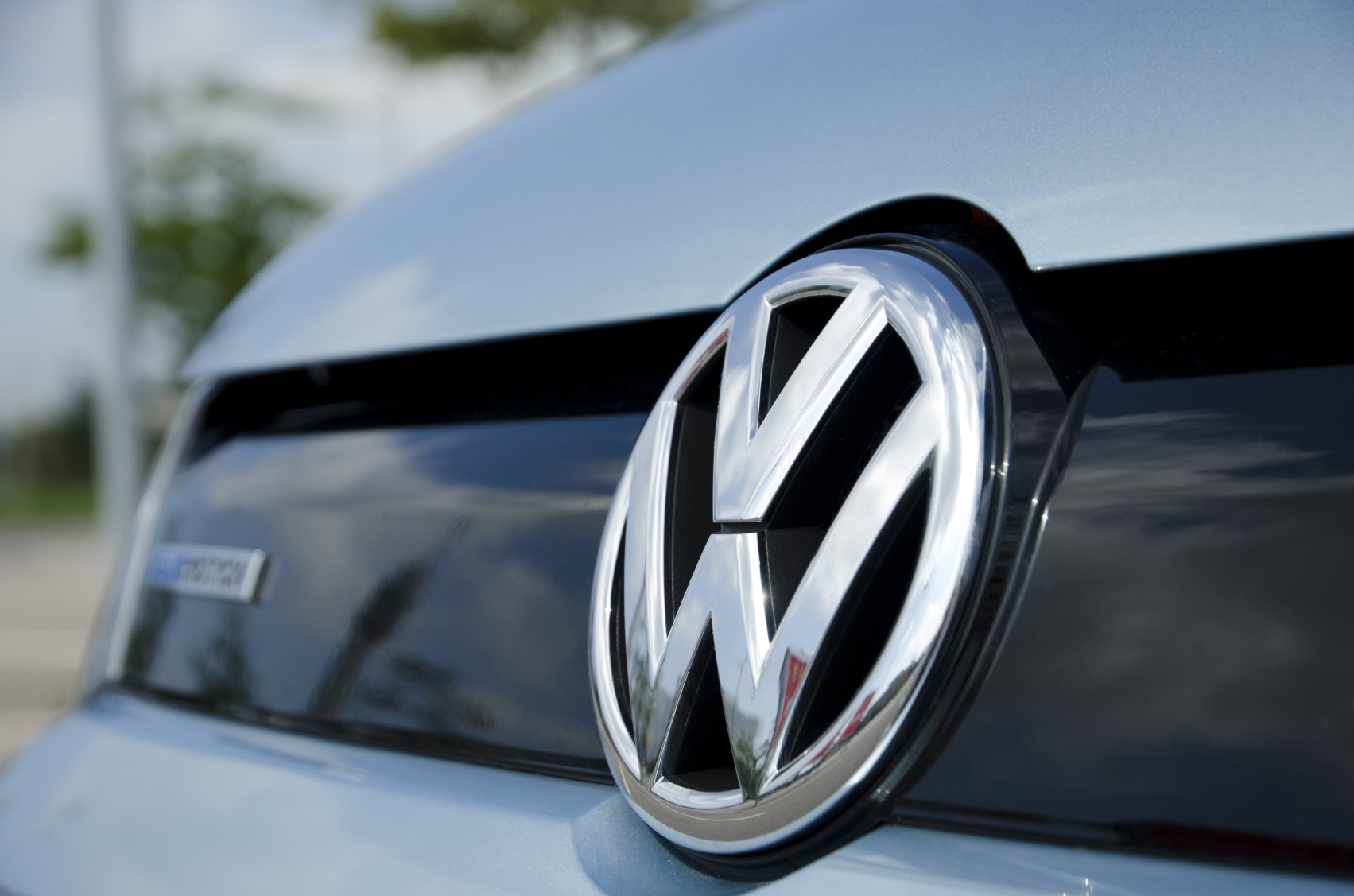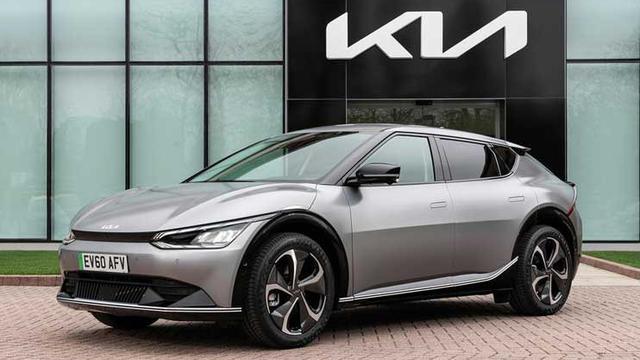Fiat is testing inductive charging on the Fiat 500 electric car at the Arena Del Futuro. The test facility located in Chiari, Italy, uses a coil system located under the asphalt that transfers energy directly to cars, buses and trucks when equipped with special power receiving components.
That energy flows directly from the road to the electric motors, allowing them to drive without running out of battery.
Arena del Futuro uses direct current (DC) to reduce power loss during the energy distribution process. The road used uses thin wires made of aluminum instead of copper, which is cheaper and easier to obtain.
See also: Italia Tests Inductive Charging Highway Project for Electric Vehicles
The manufacturer says there are no exposed wires, so it’s safe for people to walk on the street with this technology even in the presence of an electric field.
Stellantis said he succeeded in making the electric Fiat 500 go at high speed without using any energy stored in the battery.
Tests on the intensity of this road’s magnetic field prove that the Fiat 500 can do it without impacting the driver as well.
The test results are considered satisfactory, because on the highway with inductive charging technology the range of electric vehicles can effectively be unlimited. Stellantis is working on this technology with several partners.
See also: Fiat will selling fully electric-only cars in the UK from July
Stellantis Global e-Mobility Business Unit Head, Anne Lise Richard, said: “Dare Forward 2030’s long-term strategic plan is based on the premise of bringing cutting-edge mobility freedom to everyone and this project is at the core of our goals as a company.
“This joint project is an exciting step as we seek to achieve longer battery life, lower range anxiety, greater energy efficiency, smaller battery sizes, outstanding performance and weight, and lower costs, ” said Richard







